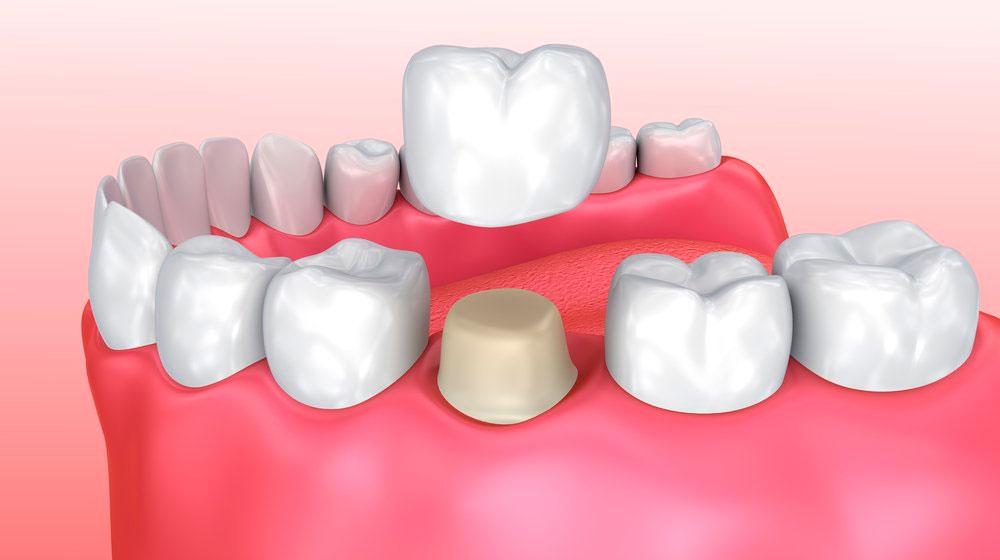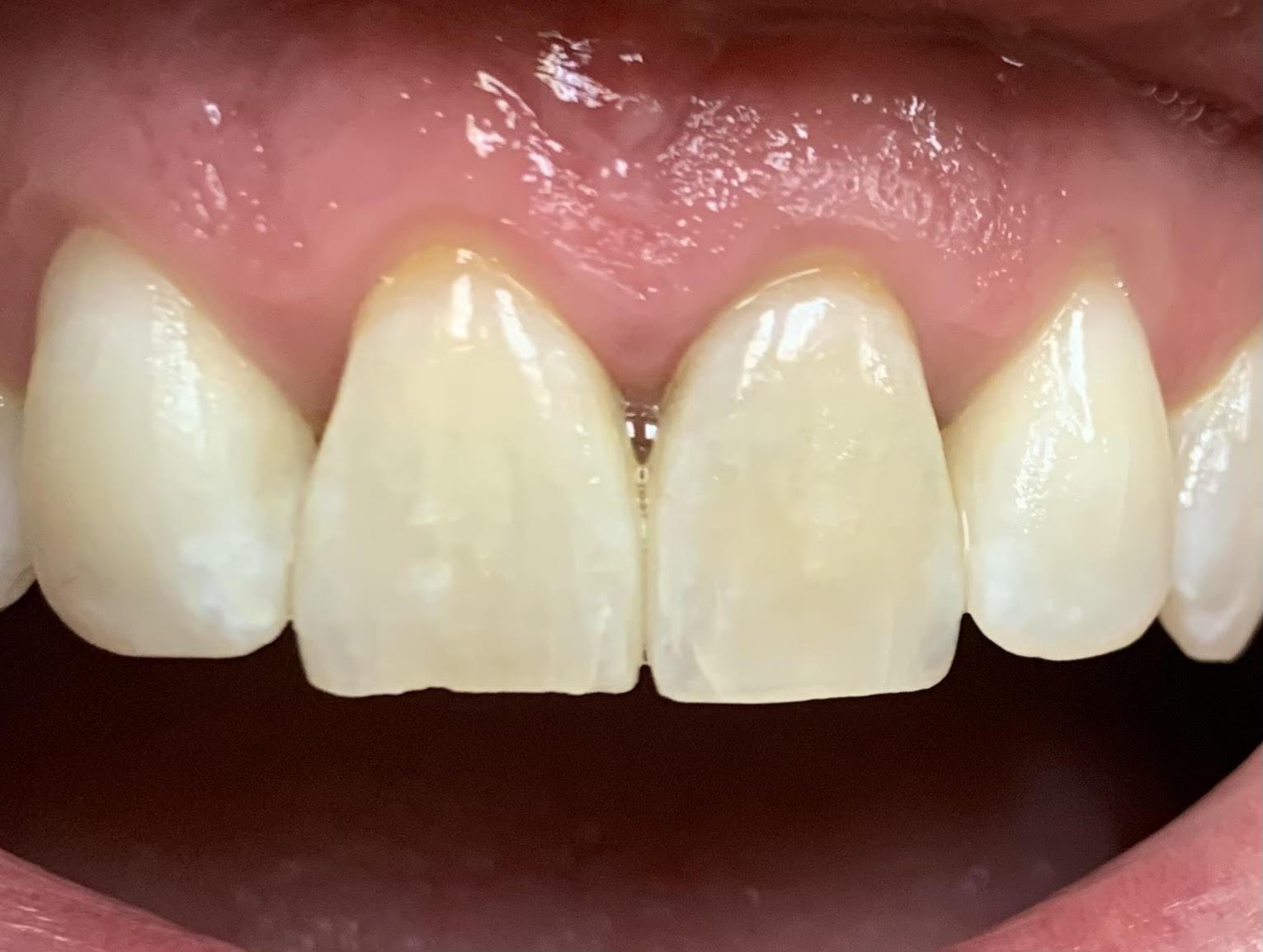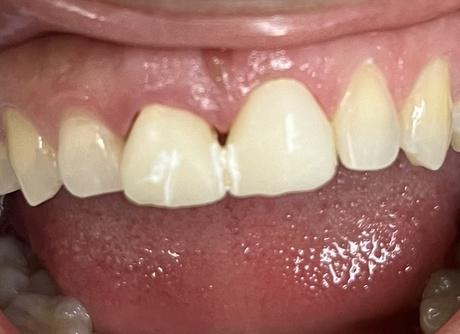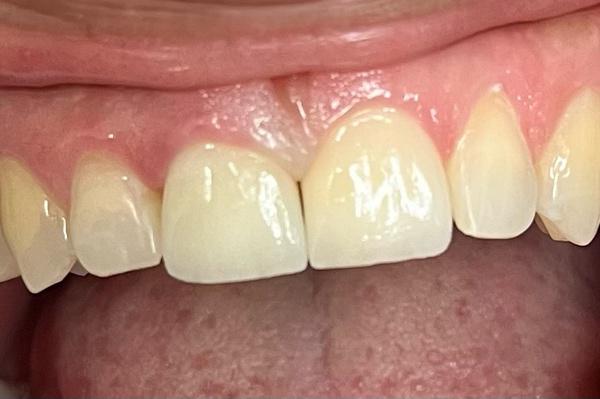A crown (or cap) is a synthetic covering that covers the entire damaged tooth surface restoring it to its original shape and size. A crown protects and strengthens tooth structure that cannot be restored with fillings or other types of restorations.
Although there are several types of crowns, with non-metallic porcelain being the most popular, because they resemble your natural teeth. They are highly durable and will last many years, but like most dental restorations, they will eventually need to be replaced. Porcelain crowns are made to match the shape, size, and color or your teeth giving you a natural, long-lasting beautiful smile.
Why would I need a Dental Crown?
- The tooth may be damaged.
- You may have stained or deteriorating fillings.
- You may have had a root canal which will may require a crown.
- Your teeth have been damaged by any unfortunate accident.






